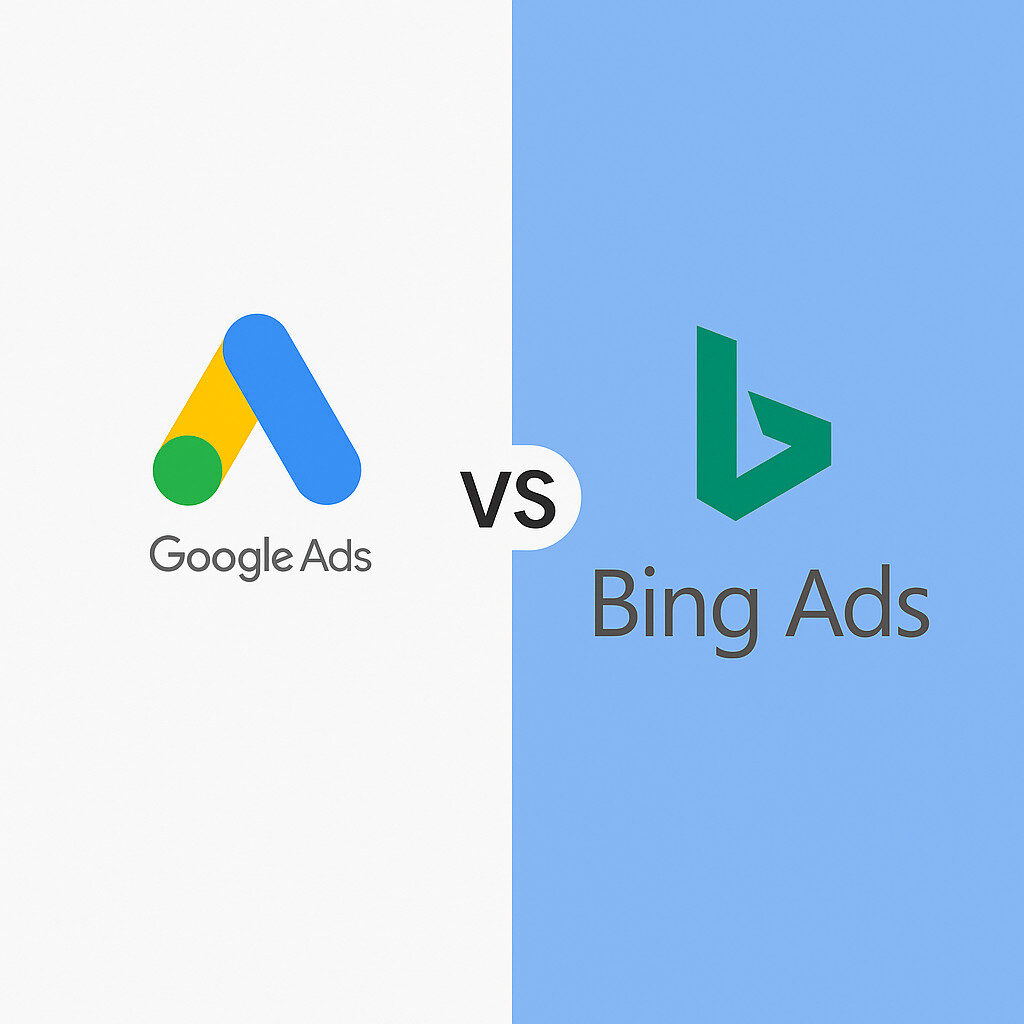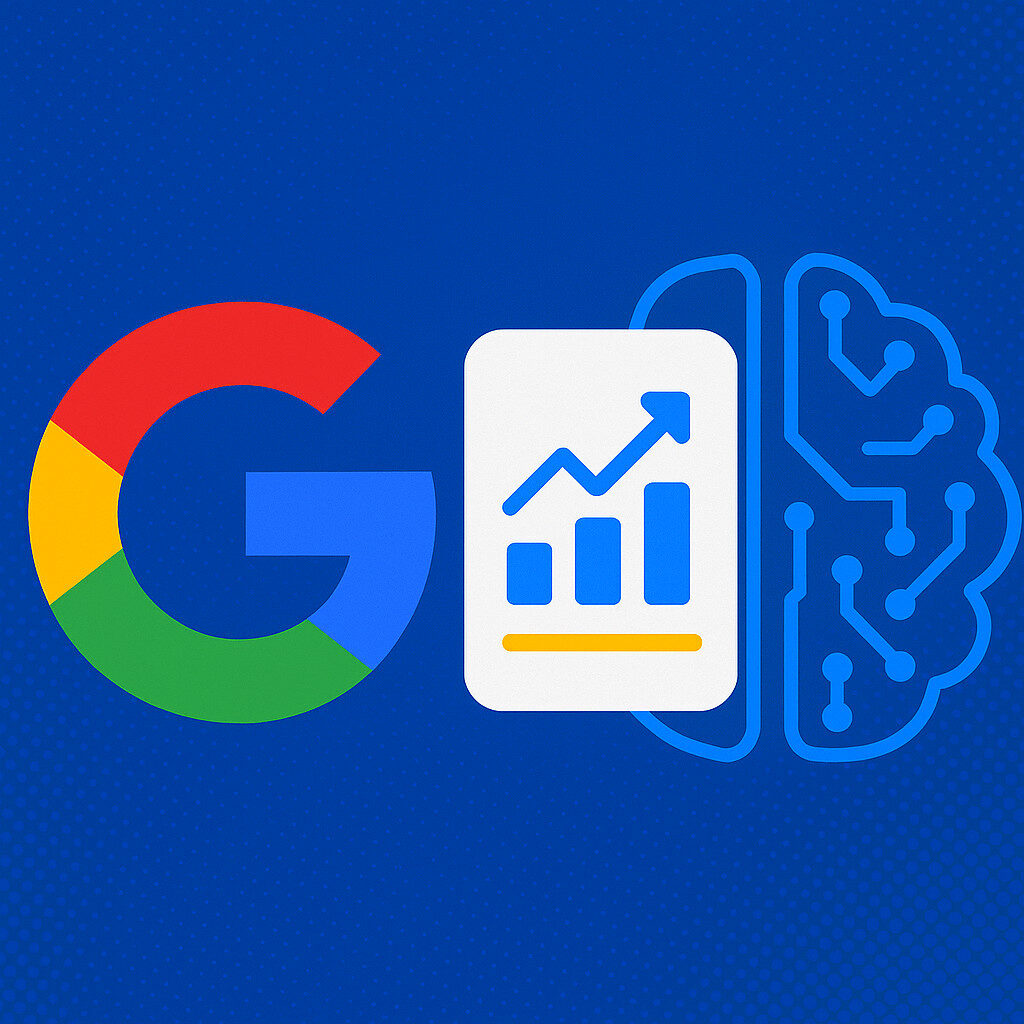t’s a common problem: You spend tens of thousands of dollars and months of time on a new website only to have traffic drop after it launches. There could be any number of reasons why this happens. In this article we’ll cover some of the more common problems we see.
This is also something we can help with, so if you need assistance, contact us here.
Usability issues
The new design may be more aesthetically pleasing, but if some users are having a more difficult time finding what they’re looking for, this can impact performance of the site. This could even be occurring for only a specific segment of users.
For example, Google is now measuring how users are interacting with your site to determine your search rankings, so if new users coming from the search engines are having a slightly more difficult time finding what they’re after, this can negatively impact traffic coming from the search engines.
The new design isn’t mobile-friendly
Today it’s absolutely vital that your site be designed so it provides a good experience for mobile users. It’s pretty rare nowadays that sites aren’t designed to be mobile-friendly, but it does happen, particularly if you don’t think your users are accessing your site via mobile devices.
Google is now using a mobile-first index, which means if your site doesn’t have a good mobile experience, it may not rank well, even if most of your traffic is using a mobile device to access your site.
Content that was driving traffic was changed or removed
It’s common practice to change content at the same time as a redesign. That could mean pages get removed, added, or existing content gets rewritten. Ideally content changes won’t impact traffic, but they sometimes can.
One common cause is when the old content was ranking for a broader variety of keywords in the search engines, driving more traffic than the new content is.
Another common issue is content that was linked to from other sites gets removed, meaning those links dead-end. This can cause users coming from those sites to bounce and it can cause the search engines to ignore those links when ranking your site.
Tools that were driving traffic were changed or removed
If you have tools on your site that users can access, sometimes the functionality of those tools changes in some way, causing a traffic drop. One client of ours had a tool on their website that quite a few other high traffic sites were linking to. The functionality of the tool was changed on redesign, but those other site owners didn’t like the new functionality, so they found other similar tools and changed their links to point to them. The client lost that traffic coming from those referring sites and because the links were removed and links are a factor in search rankings, the site dropped off the front page of the search results.
The new content’s SEO performance is down
Your new website may read better to users and the site may provide a better experience overall, but it also has to send the right signals to the search engines. Meta titles, meta descriptions, internal links throughout the site, content length, and quite a few other factors that human users may not be concerned with can have a big impact on how search engines view your site.
A single page can often rank for thousands or tens of thousands of different keywords, so even if rankings didn’t drop on your most important, high traffic keywords, it’s possible you lost rankings on some of those “long-tail” keywords.
URLs were changed, but weren’t redirected
If the URLs on your site changed, it’s important to redirect the old URLs to the new ones. Changing URLs on a website is similar to moving locations for a brick-and-mortar business. If you moved your business offline, but didn’t tell anyone, you’d lose a lot of foot traffic. The same can happen on your website, even if your homepage didn’t move.
The reason is because traffic doesn’t always enter your site through the homepage. There may be links from other sites or social media posts or ad campaigns pointing to internal pages on your site, and search engines always index individual pages rather than just the homepage, so any changes to the locations of those interior pages can have a dramatic impact on traffic.
The redesign triggered a reshuffling of search results
If your competition is doing a lot to maximize their website’s performance in the search engines, it’s possible they were going to start outranking you anyway and the redesign caused the search engines to recalculate your rankings sooner than scheduled.
What you can do about it
The first place to start with all these is with a content audit. It doesn’t have to be in-depth at this stage. You’re really just looking for evidence of any of the above problems. Some questions to ask:
- If URLs changed, verify the old URLs were redirected to the new URLs.
- Identify which pages or sections of the site were most affected. Is this a site-wide problem or confined to certain sections or specific pages only?
- Identify which traffic segments were affected. Was it only traffic from the search engines? That would suggest it could be an SEO issue. Was it only logged-in user traffic? Was it only traffic landing on a specific page from a specific traffic source?
- Other metrics can provide more clues, such as: Pageviews, time on page, changes in bounce rate, changes in which pages are driving conversions, etc.
If you need help solving a drop in website traffic, contact us here.




